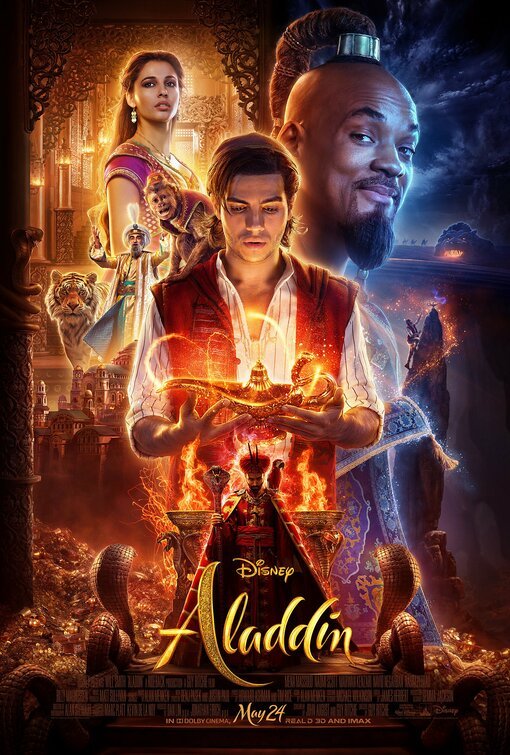
YouTube to Roll Out New Guidelines for AI-Generated Content
By Movieguide® Contributor
YouTube announced that it will soon regulate AI-generated content to reduce misinformation.
“We believe it’s in everyone’s interest to maintain a healthy ecosystem of information on YouTube. We have long-standing policies that prohibit technically manipulated content that misleads viewers and may pose a serious risk of egregious harm,” the company said in a blog post. “AI’s powerful new forms of storytelling can be used to generate content that has the potential to mislead viewers – particularly if they’re unaware that the video has been altered or is synthetically created.”
To reduce the ability of creators to mislead viewers through AI-generated content, YouTube will introduce new guidelines that increase transparency in this content. This will primarily be done through a label stating if a piece has been generated or altered by AI.
“This is especially important in cases where the content discusses sensitive topics, such as elections, ongoing conflicts and public health crises, or public officials,” Jennifer Flannery O’Connor and Emily Moxley, VPs of Product Management, added. “Creators who consistently choose not to disclose this information may be subject to content removal, suspension from the YouTube Partner Program, or other penalties. We’ll work with creators before this rolls out to make sure they understand these new requirements.”
“Not all [AI] content will be removed from YouTube, and we’ll consider a variety of factors when evaluating these requests,” the company added. “This could include whether the content is parody or satire, whether the person making the request can be uniquely identified, or whether it features a public official or well-known individual, in which case there may be a higher bar.”
For more sensitive topics, such as elections or ongoing world conflicts, this label will be featured more prominently so as not to be missed.
“There are also some areas where a label alone may not be enough to mitigate the risk of harm, and some synthetic media, regardless of whether it’s labeled, will be removed from out platform if it violates our Community Guidelines,” the blog post explained. “For example, a synthetically created video that shows realistic violence may still be removed if the goal is to shock or disgust viewers.”
YouTube will also work to protect content creators from AI-generated content that steals their likeness, including their voice.
“This is especially true in cases where someone’s face or voice could be digitally generated without their permission to misrepresent their points of view,” the blog post stated. “In the coming months we’ll make it possible to request the removal of AI-generated or other synthetic or altered content that simulates an identifiable individual.”
These guidelines and protections are similar to those being rolled out across the entertainment industry. Recently, actors secured protection from their likenesses being stolen by large studios.
Movieguide® previously reported:
The actors’ strike ended last week after 118 days, and Fran Drescher and Duncan Crabtree-Ireland explain why AI regulation was a hot-button issue from start to finish.
“With AI, things move very fast, and three months is equivalent to a year in how things can change,” said Drescher, the SAG-AFTRA President. “If we didn’t close that up now, then you’ll be so far behind you’ll never be able to catch up. It was really important to us that we got the protections we felt that we absolutely needed to sustain this contract until the next one.”
This topic proved to be the hardest to resolve as this was the sole issue left for the final weeks of negotiations. The protection that SAG-AFTRA negotiators pursued was more extensive than the ones the writers pursued with their strike. This differed from both unions’ desire for better compensation from streaming platforms, where the actors’ and writers’ requests were comparable. Thus, once the writers’ strike was resolved, the question of better pay was quickly resolved for the actors, while AI regulation remained unsolved.
Questions or comments? Please write to us here.


 - Content:
- Content: 

